All
Edge Computing
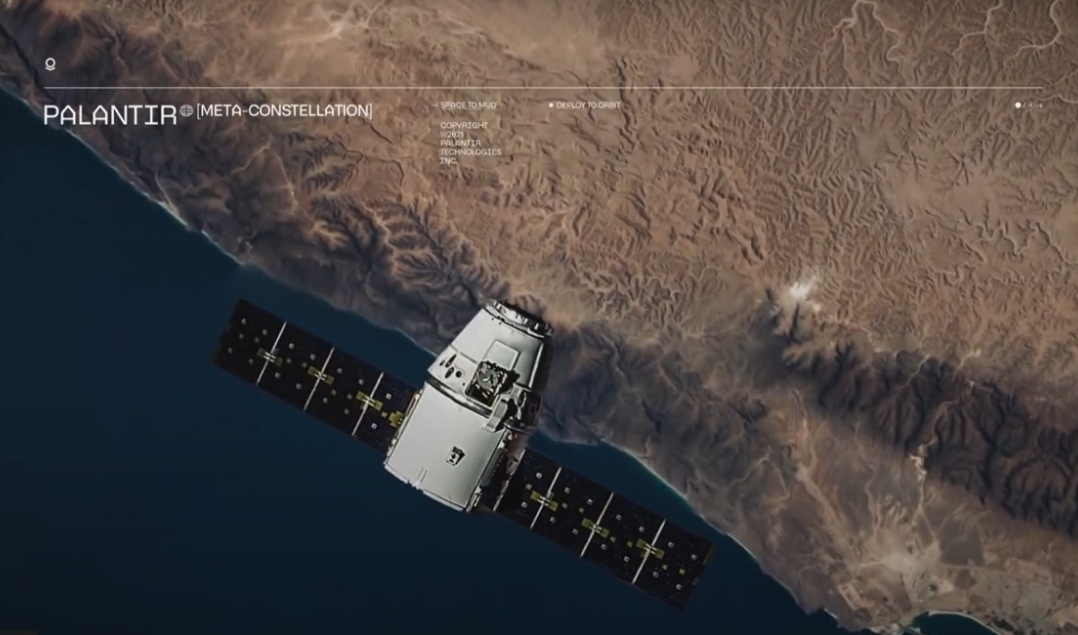
Xailient specializes in extremely accurate, low-power computer vision on Edge devices. Palantir Technologies builds and deploys software that allows organizations to integrate their data, decisions, and operations effectively.
Palantir Technologies’ Meta-Constellation harnesses satellite technology at the Edge by empowering autonomous decision-making in low-bandwidth, low-power conditions. Palantir enables stakeholders to monitor regions of interest using satellites from multiple providers, maximizing coverage.
For example, Meta-Constellation enables continuous monitoring for submarines by handing off between satellites and providers as they orbit over the region.
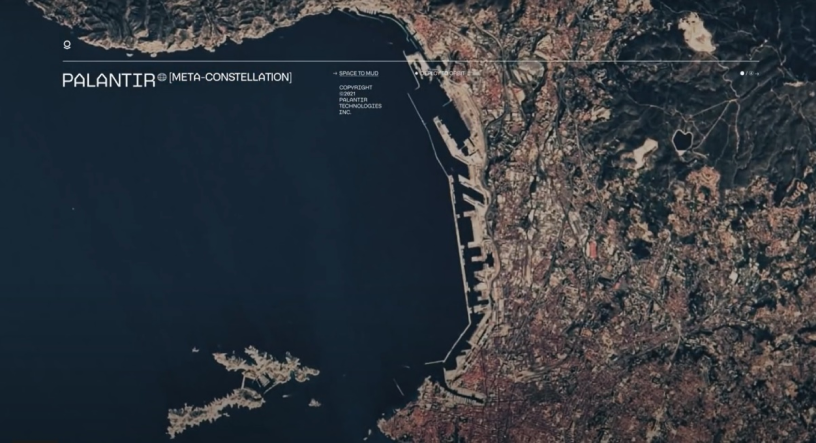
Palantir’s system increases revenue for satellite operators by enabling multiple tenants to subscribe to imagery – maximizing utilization.
By deploying Xailient’s patented Detectum™ detection technology with Palantir’s Edge AI Meta-Constellation system, operators can operationalize AI insights to make smarter, faster decisions across domains, from space to seaports.
Palantir’s Meta-Constellation integrates with existing satellites, optimizing hundreds of orbital sensors and AI models. This allows users to ask time-sensitive questions across the entire planet. Essential questions such as:
Xailient’s low-power Detectum™ technology was deployed into orbit by Palantir to detect submarines instantly. By deploying Edge AI to existing satellites using Xailient’s patented Detectum™ technology, submarines can be instantly detected – all in under one second.
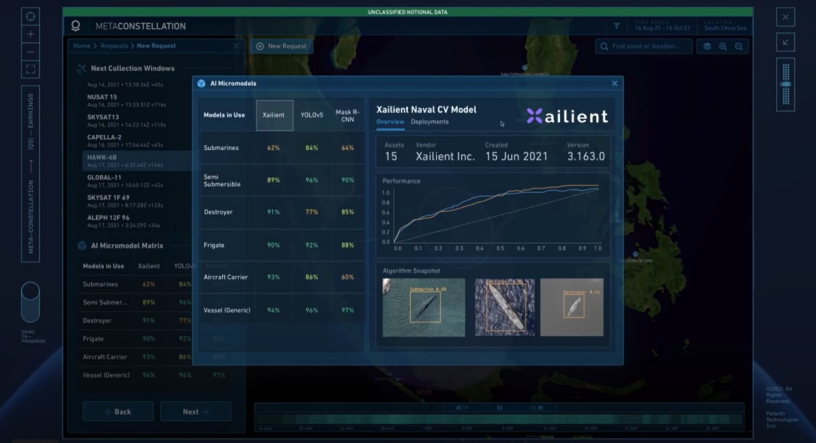
1Xailient helps Palantir’s Meta-Constellation maximize coverage and revenue by enabling multiple tenants to subscribe to imagery.
2Xailient provides Palantir with real-time imagery analysis that can run onboard the satellite.
3Onboard AI allows for automated re-tasking between tenants - continuously monitoring the field of view and activating different workflows depending on what the satellite observes. Only Xailient’s computer vision AI technology meets the size and power requirements necessary to perform these tasks.
Submarines present a threat to the US and its allies. To protect strategic interests, Allied forces need to track every submarine’s deployment worldwide. Anti-submarine warfare officers use Meta-Constellation to monitor ports across the Pacific.
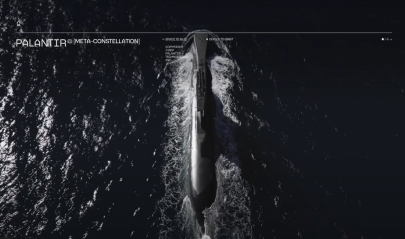
The challenge is, to successfully deploy computer vision AI into space, the AI must be small, light-weight, and able to run on little power.
Meta-Constellation dynamically determines which orbiting sensors are available in response to allied monitoring requests. Integrated through Palantir, the constellations then collaboratively schedule coverage over each port.
Once the strategy is in place, satellites are automatically reconfigured into the correct orbit. And, as a software payload onboard, Palantir’s Edge AI platform connects complex satellite subsystems to models, integrating new AI with the hardware.
Xailient’s computer vision AI, running onboard the satellites, can process imagery, detect submarines, geolocate them, and determine any movement since the last detection pass – all in under a second.
When Xailient’s AI sees submarine movement, that insight is directly downlinked to allied forces as the satellite passes overhead. The anti-submarine warfare officers are notified in just minutes, empowering them to respond in a way never seen before.
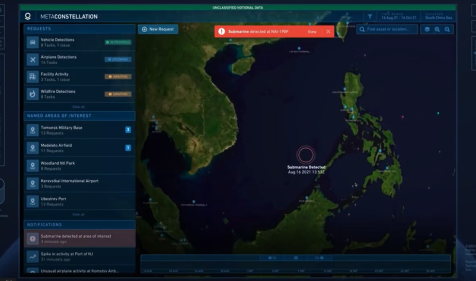
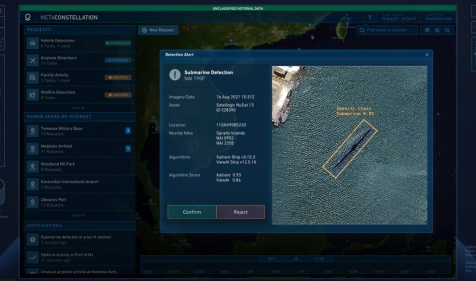
By deploying Edge AI onto existing satellites and using Xailient’s low-power Detectum™ technology, analysts can operationalize AI insights that require minimum size, weight, and power.
Trainable AI from Xailient, for marine vessel detection, spots submarines (or illegal fishing vessels) in under one second – solving a critical problem and improving intelligence.
For Palantir, Xailient demonstrated an ability to use open-source satellite imagery to detect marine vessels within extremely constrained systems and to do so fast enough to allow for dynamic retasking of the satellite.
The upload limitation for deployment and update was 10MB. Other models couldn’t be deployed because of their size, but Xailient was able to upload with less than 2MB, and this package size continues to improve.
Continuously operating AI consumes power and generates heat, which can be challenging to radiate in the near-vacuum of space. Many AI models must be turned on and off, allowing heat to dissipate. A 50% duty cycle is a common limitation. Xailient’s low-power AI generates less heat and can operate continuously with a 100% duty cycle.
Xailient was able to have its computer vision AI technology ready for POC in a short 48-hour period. The POC used unclassified (open source) training data and demonstrated that Xailient’s computer vision AI can be trained to many different “classes” of objects.
May 9, 2025
MACAU — May 9, 2025 — Xailient Inc., the world leader in privacy-safe computer vision AI, today announced the debut of a groundbreaking biometric innovation in partnership with global gaming leader Konami Gaming, Inc. At G2E Asia 2025, Konami will unveil SYNK Vision™ Tables, a new addition to its award-winning SYNKROS® casino management system, powered by Xailient’s privacy-preserving facial […]
September 27, 2024
by Newsdesk Fri 27 Sep 2024 at 05:39 Global industry supplier Konami Gaming is set to unveil new technology at Global Gaming Expo (G2E) in Las Vegas next month that brings its player facial recognition solution for Electronic Game Machines to table games. The expanded offering, in partnership with Xailient, follows the launch of SYNK Vision […]
We see things differently in the dynamic field of computer vision AI
All
Edge Computing
All
Casino and Gaming
We empower companies to bring computer vision AI products to market
faster and with less investment
You’ll get insights and resources into: